[ベスト] e coli cell arrangement 345903-E coli cell morphology and arrangement
Escherichia coli (E coli) is the most famous member of the coliform group bacteria that is almost exclusively of fecal origin In some cases it is involved in food poisoning, certain strains causing gastroenteritis (such as serotype O157H7 and other enterovirulent Ecoli E coli is often used in molecular biology as it is easy to culture ItWet Mount observing living cells Motility and size of cells Place 1 drop dH 2 O on center of slide Using a sterile loop, remove a small amount of growth from the colony Mix cells in the drop of H 2 Staph cocci in clusters E coli rods, no arrangementSINGLE no arrangement, they separate completely after binary fission What is the gram reaction for Enterococcus faecalis?

Escherichia Coli E Coli Meaning Morphology And Characteristics
E coli cell morphology and arrangement
E coli cell morphology and arrangement-E coli is a rodshaped bacterium The peptidoglycan cell wall is thin and multilayered There is a thin peptidoglycan layer placed between the inner cytoplasmic membrane, and the outer membrane The outer membrane is surrounded by the capsule layer which is composed of polysaccharides The flagellum of E coli consists of three distinct partsEscherichia coli is a member of the family Enterobacteriaceae, which includes gramnegative, facultatively anaerobic rodshaped bacteria (possessing both a fermentative and respiratory metabolism) and which do not produce the enzyme oxidase Escherichia coli cells are typically 11–15μmwide, 2–6μmlong and occur as single straight


The Cell Wall
What overall arrangement do the E coli cells have?The arrangement of protein I in the outer membrane of Escherichia coli was investigated by crosslinking whole cells, isolated cell wall, proteinpeptidoglycan complexes, and protein I released from peptidoglycan with NaCl Both cleavable azide crosslinkers and imidoester reagents were usedSolution for What is the cell arrangement of Ecoli Social Science Anthropology
The size of a typical bacterium such as E coli serves as a convenient standard ruler for characterizing length scales in molecular and cell biology A "rule of thumb" based upon generations of light and electron microscopy measurements for the dimensions of an E coli cell is to assign it a diameter of about ≈1µm, a length of ≈2µm, and a volume of ≈1µm 3 (1 fL) (BNID 1017)'Coliforms' include E coli, Enterobacter aerogenes, Citrobacter, and Klebsiella The allowance level is about 10–50 coliforms/g of food, in general, and not to exceed 100 coliforms/g 'Fecal coliform' is more specifically related to E coli and in some food industries fecal coliform is not allowed in the food products at allThe arrangement of protein I in the outer membrane of Escherichia coli was investigated by crosslinking whole cells, isolated cell wall, proteinpeptidoglycan complexes, and protein I released from peptidoglycan with NaCl Both cleavable azide crosslinkers and imidoester reagents were used
Is the arrangement of the bacterium consistent across the various fields of vision?These cell arrangements of spherical bacteria are shown in Fig 22 Generally, the cylindrical bacteria — bacilli, do not exhibit characteristic cell arrangements as the cocci do Nevertheless, chains of cylindrical cells occur in many bacterial genera, particularly in the members of Lactobacillus and Bacillus eg Lactobacillus acidophilusE coli is an intestinal pathogen or commensal of the human or animal intestine and is voided in the faeces remaining viable in the environment only for some days Detection of E coli in drinking water is an indication of pollution with faeces 2 Morphology and Staining of Escherichia Coli



The Morphology And Fine Structure Of Bacteria What Is Cell Morphology And Arrangement Mynote What Is Cell Dna Sequence Biofilm
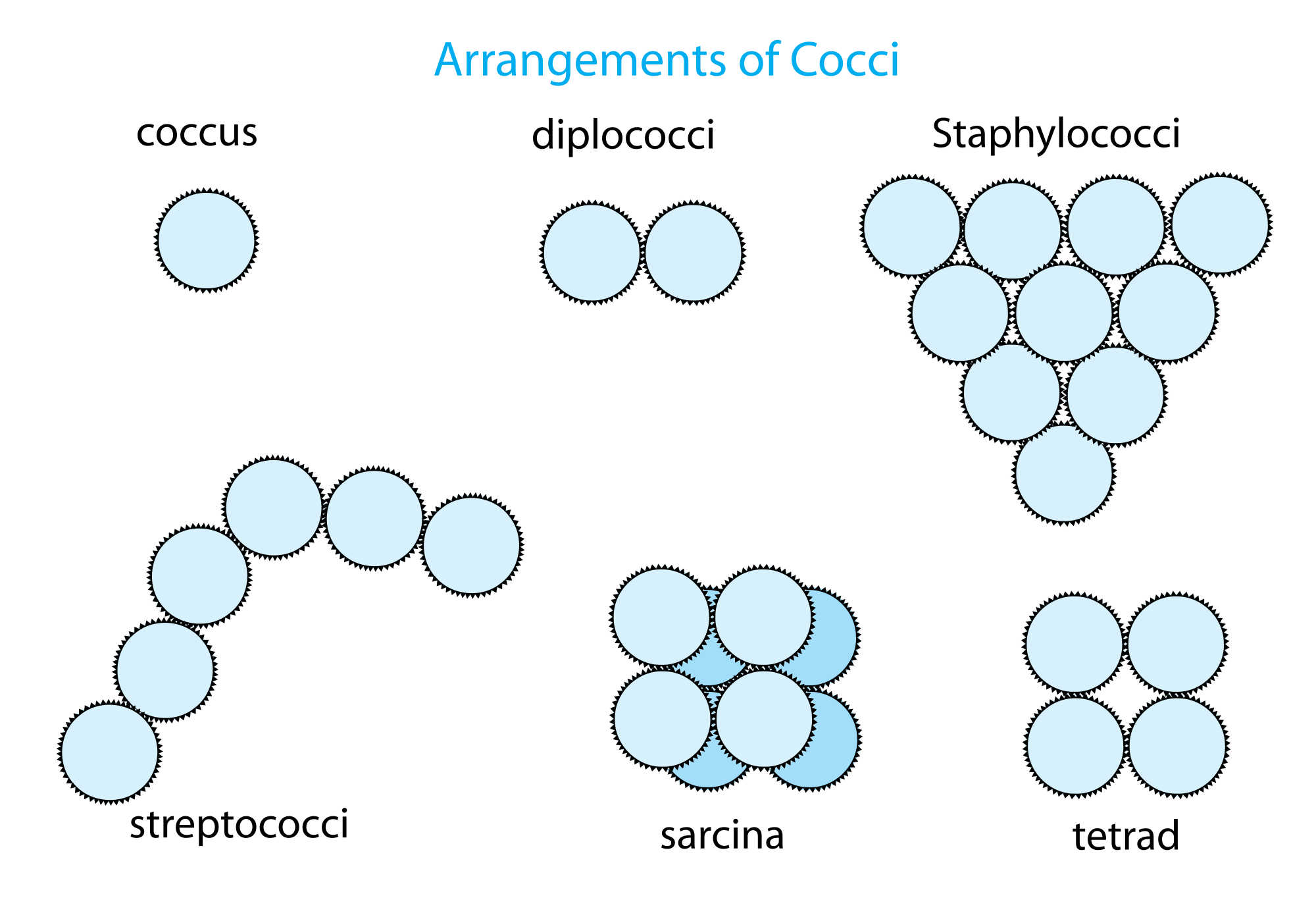


2 1 Sizes Shapes And Arrangements Of Bacteria Biology Libretexts
What are the gram reaction, shape, and arrangement of Bacillus?The strongest support for a linear cell volume increase during the cell cycle of E coli in slowly growing acetate cultures, however, was obtained in unshifted cultures, in complete agreement withEscherichia coli (abbreviated as E coli) are bacteria found in the environment, foods, and intestines of people and animalsE coli are a large and diverse group of bacteria Although most strains of E coli are harmless, others can make you sick Some kinds of E coli can cause diarrhea, while others cause urinary tract infections, respiratory illness and pneumonia, and other illnesses



Which Type Of Flagella Characterize A Bacterial Cell


Chapter 24 Dna Metabolism
Escherichia coli Four different strains of Escherichia coli on Endo agar with biochemical slope Glucose fermentation with gas production, urea and H 2 S negative, lactose positive (with exception of strain D "late lactose fermenter";Instead, their genetic material floats uncovered, localized to a region called the nucleoidName the dye that gives it this color To what cell structure do the 2 dyes bind?



Microbiology Microbiological Laboratory Systematics Of Microorganisms Morphology Of Microorganims Online Presentation
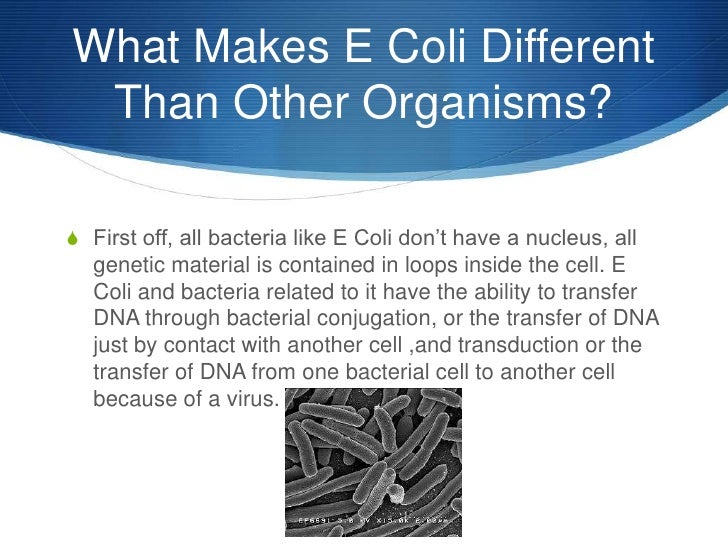


E Coli
Type and morphology E coli is a Gramnegative, facultative anaerobe (that makes ATP by aerobic respiration if oxygen is present, but is capable of switching to fermentation or anaerobic respiration if oxygen is absent) and nonsporulating bacterium Cells are typically rodshaped, and are about μm long and 025–10 μm in diameter, with a cell volume of 06–07 μm 3E coli (Escherichia coli), is a type of bacteria that normally lives in your intestinesIt's also found in the gut of some animals Most types of E coli are harmless and even help keep yourInstead, their genetic material floats uncovered



Unique Characteristics Of Prokaryotic Cells Microbiology
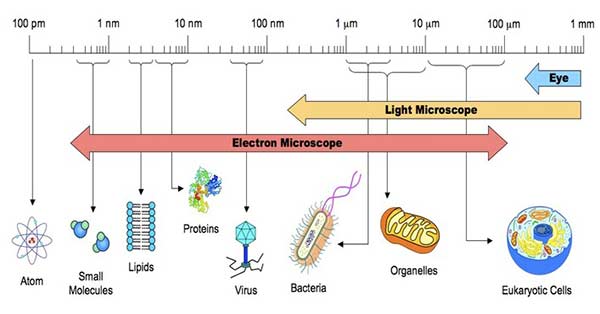


Different Size Shape And Arrangement Of Bacterial Cells
To examine this issue, we have developed and simulated atomicscale models of Escherichia coli cell walls in a disordered circumferential arrangement The cellwall models are found to possess an anisotropic elasticity, as known experimentally, arising from the orthogonal orientation of the glycan strands and of the peptide crosslinksThe size of the 'pores' in the cell walls of B subtilis and E coli were near identical The E coli cell wall was equally porous as the B subtilis cell wall Diffusing in various sized fluorescent dextrans fig 3 A) An image of sacculi created for the purpose of the experiment, observed using light microscopyThe size of the 'pores' in the cell walls of B subtilis and E coli were near identical The E coli cell wall was equally porous as the B subtilis cell wall Diffusing in various sized fluorescent dextrans fig 3 A) An image of sacculi created for the purpose of the experiment, observed using light microscopy



Morphology Of Bacterial Cells
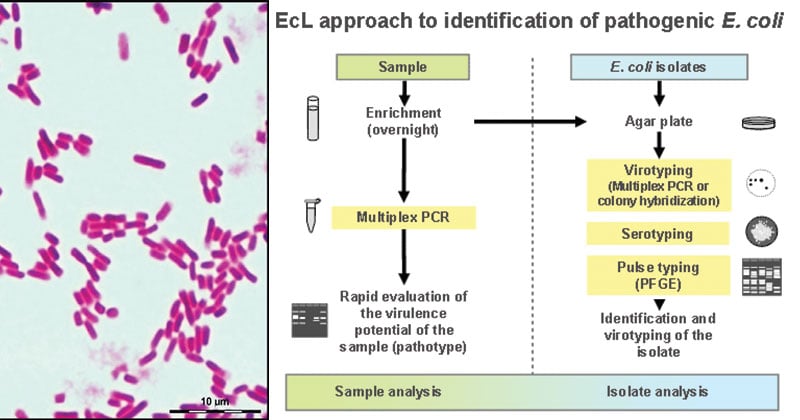


Escherichia Coli E Coli An Overview Microbe Notes
It is routinely used as an initial procedure in the identification of an unknown bacterial species Let's suppose we have a smear containing mixture of Staphylococcus aureus and Escherichia coli as in previous case We will use the same stains as before and besides we will need Gram's iodine (strong iodine solution) and alcohol or acetoneBiology Of E Coli E coli (Escherichia coli) are a small, Gramnegative species of bacteriaMost strains of E coli are rodshaped and measure about μm long and 0210 μm in diameterThey typically have a cell volume of 0607 μm, most of which is filled by the cytoplasm Since it is a prokaryote, E coli don't have nuclei;The network of fibers can bind E coli to their host cells However, the significance of amyloid in E coli is still unknown Ecology Escherichia coli can be commonly found in lower intestines of human and mammals When E coli locates in human large intestines, it can help digestion processes, food breakdown and absorption, and vitamin K


The Cell Wall



Examples Of Bacteria Types And Infections
For instance, whereas E coli bacteria range between 11 and 15 um in diameters, B anthracis range between 10 and 12um while B subtilis range between 025 and 10um in diameter They also vary in length when compared to each otherCells are typically rodshaped, and are about μm long and 025–10 μm in diameter, with a cell volume of 06–07 μm 3 E coli stains Gramnegative because its cell wall is composed of a thin peptidoglycan layer and an outer membraneEscherichia coli, agent of traveler's diarrhea, food poisoning Vibrio curved, rodshaped bacterium Vibrio cholerae, agent of cholera Fusiform rodshaped bacterium with tapered ends Fusobacterium periodonticum, agent of gingivitis and periodontitis Spirillum (spirilla) rigid spiralshaped bacterium



Spirochetes Produce Ordered Chemoreceptor Arrays Of Unusual Composition Arrangement And Symmetry To Compensate For A Highly Curved Membrane Biorxiv



140mic General Microbiology Ppt Download
These cell arrangements of spherical bacteria are shown in Fig 22 Generally, the cylindrical bacteria — bacilli, do not exhibit characteristic cell arrangements as the cocci do Nevertheless, chains of cylindrical cells occur in many bacterial genera, particularly in the members of Lactobacillus and Bacillus eg Lactobacillus acidophilusAlthough the E coli cell wall normally maintains a cylindrical shape during exponential growth , the cell shape can be altered either genetically or environmentally E coli mutants lacking the high molecularweight PBP2, a transpeptidase, swell up to resemble spheroplasts ( 16 ), while cells lacking the low molecularweight PBPs 5 and 7 areThe end result of Escherichia coli morphogenesis is a cylindrical tube with hemispherical caps How does this shape come about?



There Are 38 Questions Here Includes Studying Games And Microbiology Microbiology Study Teaching Biology



Module 7 8 10 Gram Stain Acid Fast Endospore Growth Characteristics Flashcards Quizlet
These cell arrangements of spherical bacteria are shown in Fig 22 Generally, the cylindrical bacteria — bacilli, do not exhibit characteristic cell arrangements as the cocci do Nevertheless, chains of cylindrical cells occur in many bacterial genera, particularly in the members of Lactobacillus and Bacillus eg Lactobacillus acidophilusWhat are the gram reaction, shape, and arrangement of E coli?What color is E coli when gram stained?



Stratified Reconstruction Of Ancestral Escherichia Coli Diversification Bmc Genomics Full Text



Cell Morphology Drives Spatial Patterning In Microbial Communities Pnas
Causes Only a few strains of E coli trigger diarrhea The E coli O157H7 strain belongs to a group of E coli that produces a powerful toxin that damages the lining of the small intestine This can cause bloody diarrhea You develop an E coli infection when you ingest this strain of bacteria Unlike many other diseasecausing bacteria, E coli can cause an infection even if you ingestName the dye that gives it this color To what cell structure do the 2 dyes bind?Read II The Prokaryotic Cell Bacteria B Prokaryotic Cell Structure, 1 The Cytoplasmic Membrane in your Etext and answer the 3 learning objectives for this section We will be doing a classroom group activity on this section so it is critical that you come prepared I will be assuming that you have done this preparatory assignment



Escherichia Coli E Coli As A Model Organism Or Host Cell Microbiology Class Video Study Com



Escherichia Coli E Coli Meaning Morphology And Characteristics
Is the arrangement of the bacterium consistent across the various fields of vision?The cocci are arranged in a cuboidal manner, as the cells are formed by regular cell divisions in three planes Cocci that divide in three planes and remain in groups cube like groups of eight Examples Sarcina ventriculi, Sarcina ureae, etcShapes are not directly dependent on the chemical composition of the structure in question ()For instance, E coli cells treated with penicillin can have the same shape as glass tubes manipulated by a glass blower (reference118 and references therein)



Gram Stain Of E Coli Bacterium A Gram Stain Of Shows Gramnegative Download Scientific Diagram
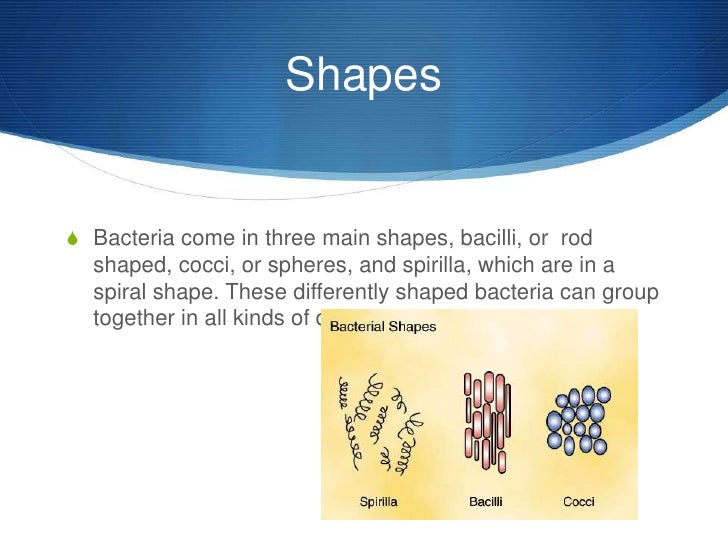


E Coli
What are the gram reaction, shape, and arrangement of E coli?For instance, whereas E coli bacteria range between 11 and 15 um in diameters, B anthracis range between 10 and 12um while B subtilis range between 025 and 10um in diameter They also vary in length when compared to each otherThe strongest support for a linear cell volume increase during the cell cycle of E coli in slowly growing acetate cultures, however, was obtained in unshifted cultures, in complete agreement with



Lab 3 The Nature Of Bacterial Cell Walls Studocu



Unique Characteristics Of Prokaryotic Cells Microbiology
What are the gram reaction, shape, and arrangement of Bacillus?To examine this issue, we have developed and simulated atomicscale models of Escherichia coli cell walls in a disordered circumferential arrangement The cellwall models are found to possess an anisotropic elasticity, as known experimentally, arising from the orthogonal orientation of the glycan strands and of the peptide crosslinksEscherichia coli, often abbreviated E coli, are rodshaped bacteria that tend to occur individually and in large clumps E coli are classified as facultative anaerobes, which means that they grow best when oxygen is present but are able to switch to nonoxygendependent chemical processes in the absence of oxygen


What Is The Cell Morphology Of Escherichia Coli Quora



Solved 1 Identify The Morphology Morphological Arrangem Chegg Com
Escherichia coli, often abbreviated E coli, are rodshaped bacteria that tend to occur individually and in large clumps E coli bacteria have a single cell arrangement, according to Schenectady County Community College E coli is a gramnegative bacillus bacteria that can live with or without oxygen Escherichia coli is normally found amongst the gut flora of the human intestinal tract and is nonpathogenicEscherichia coli (gram reaction, cell shape, cell arrangement) G coccus diplo Moraxella catarrhalis (gram reaction, cell shape, cell arrangement) it distinguishes two cells visually via the stain color (purple or pink) Why is the Gram stain considered a differential stain?On Endo agar it looks like lactose negative)All four strains are mannitol positive (best seen in fig D), cellobiose negative (strains A, B)



Morphogenesis Of Escherichia Coli Microbiology And Molecular Biology Reviews
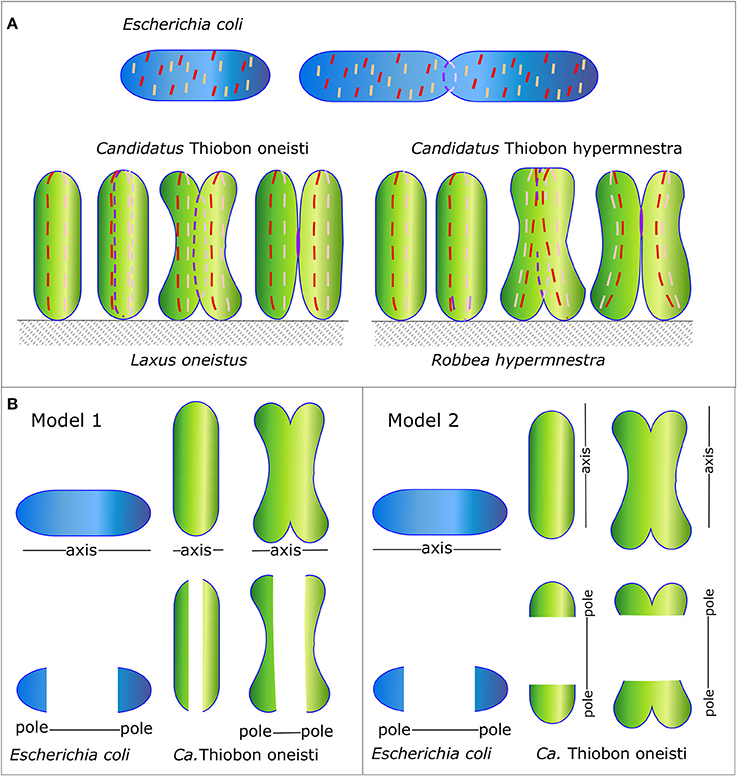


Frontiers Is Longitudinal Division In Rod Shaped Bacteria A Matter Of Swapping Axis Microbiology
What color is E coli when gram stained?Although the E coli cell wall normally maintains a cylindrical shape during exponential growth , the cell shape can be altered either genetically or environmentally E coli mutants lacking the high molecularweight PBP2, a transpeptidase, swell up to resemble spheroplasts ( 16 ), while cells lacking the low molecularweight PBPs 5 and 7 areSUMMARY Escherichia coli is the predominant nonpathogenic facultative flora of the human intestine Some E coli strains, however, have developed the ability to cause disease of the gastrointestinal, urinary, or central nervous system in even the most robust human hosts Diarrheagenic strains of E coli can be divided into at least six different categories with corresponding distinct



With These Results Which Bacteria Can It Be Alcaligenes Faecalis Enterobacter Aerogenes Escherichia Coli Proteus Vulgaris Pseudomonas Aeruginosa Serratia Marcescens Gram Stain Results Organism Cell Homeworklib
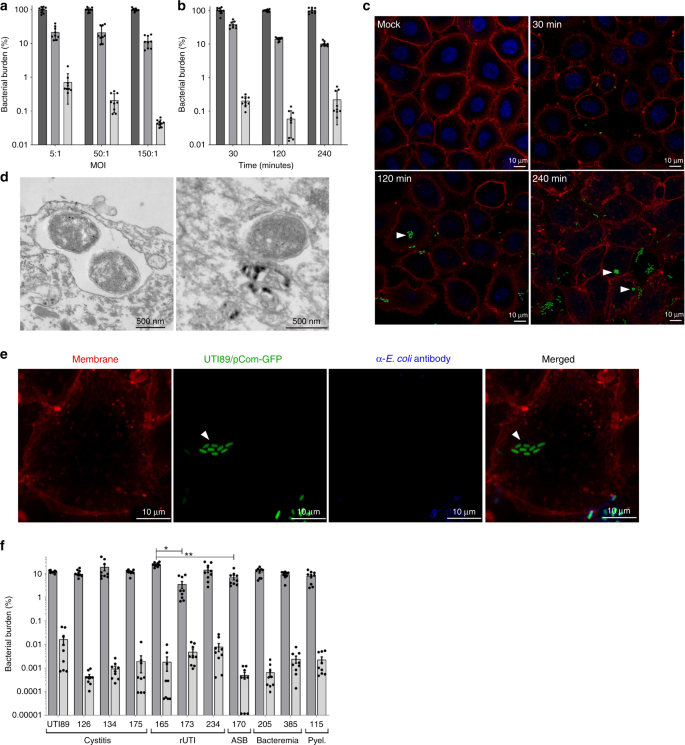


Invasion Of Vaginal Epithelial Cells By Uropathogenic Escherichia Coli Nature Communications
Escherichia coli, agent of traveler's diarrhea, food poisoning Vibrio curved, rodshaped bacterium Vibrio cholerae, agent of cholera Fusiform rodshaped bacterium with tapered ends Fusobacterium periodonticum, agent of gingivitis and periodontitis Spirillum (spirilla) rigid spiralshaped bacteriumPositive What shape is each individual Enterococcus faecalis cell?General description Escherichia coli (Ecoli) is a nonspore forming, Gramnegative, rodshaped facultative anerobe, which is found in the human gastrointestinal tract It belongs to the family of Enterobacteriaceae Ecoli is chemoorganotrophic and grows at 37°C Pathogenic Ecoli strains is associated with diarrhea, septicemia, meningitis and urinary tract infections
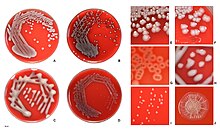


Escherichia Coli Wikipedia
:max_bytes(150000):strip_icc()/e.coli_updated-5be08d8fc9e77c005139d286.jpg)


3 Common Bacteria Shapes
Most strains of E coli are rodshaped and measure about μm long and 0210 μm in diameter They typically have a cell volume of 0607 μm, most of which is filled by the cytoplasm Since it is a prokaryote, E coli don't have nuclei;The network of fibers can bind E coli to their host cells However, the significance of amyloid in E coli is still unknown Ecology Escherichia coli can be commonly found in lower intestines of human and mammals When E coli locates in human large intestines, it can help digestion processes, food breakdown and absorption, and vitamin K



The Selective Value Of Bacterial Shape Microbiology And Molecular Biology Reviews


Biol 230 Lab Manual Lab 1



Micr24 Lab Report Week 4 Studocu


What Does An E Coli Bacteria Look Like Under A Microscope Quora


Biol 230 Lab Manual Lab 1



416pht Lab 2 Gram S Stain Acid Fast Stain Spore Stain Ppt Video Online Download
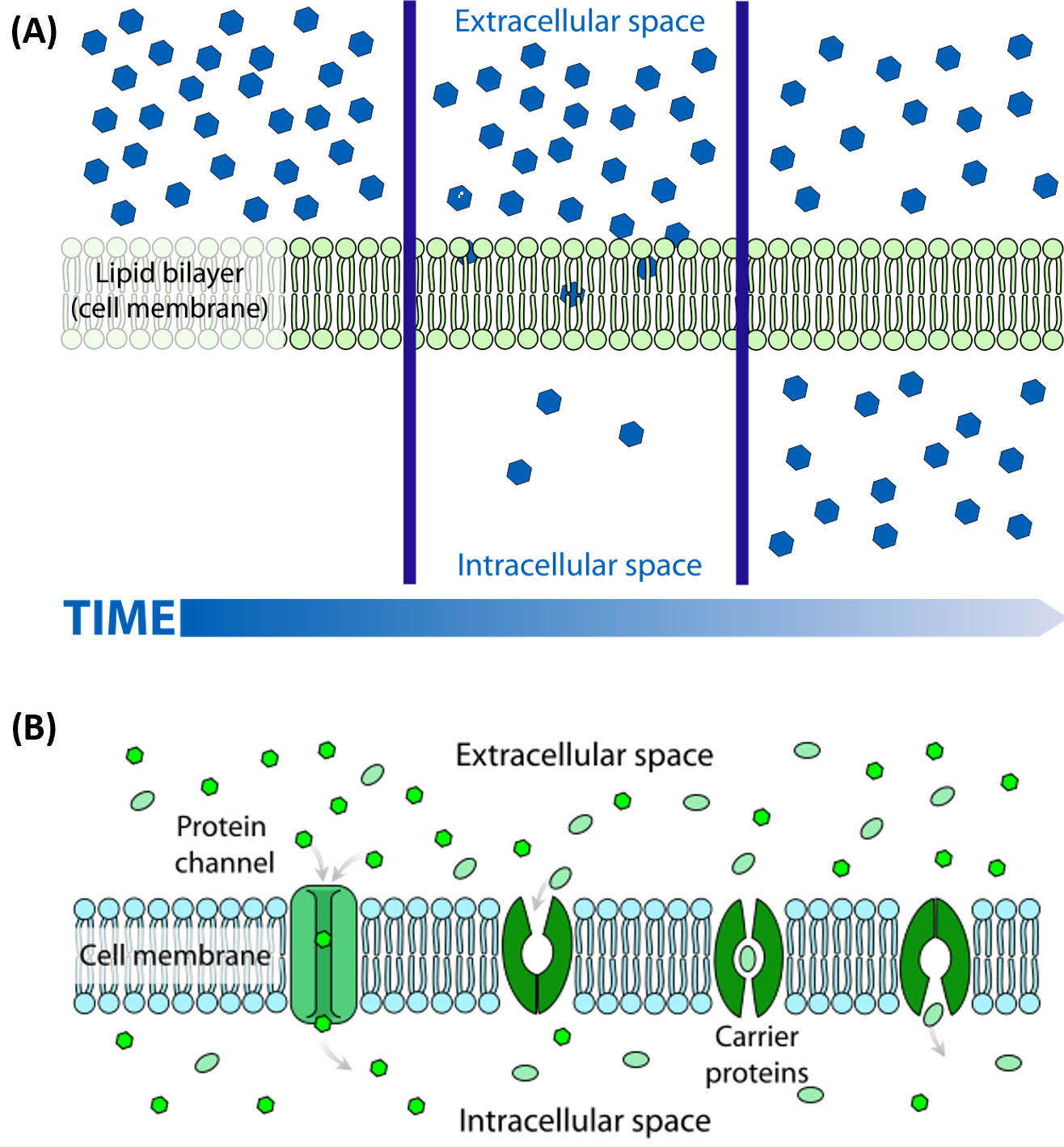


Chapter 1 The Foundations Of Biochemistry Chemistry
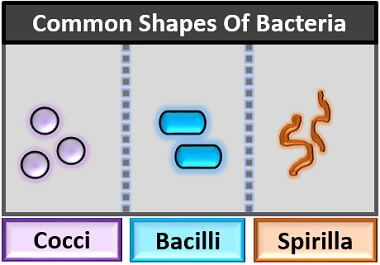


Bacterial Shape And Arragement Size Shape Arrangement Biology Reader



Cell Morphology Drives Spatial Patterning In Microbial Communities Pnas



E Coli



Escherichia Coli Wikipedia



Simple Staining Principle Procedure And Results Learn Microbiology Online
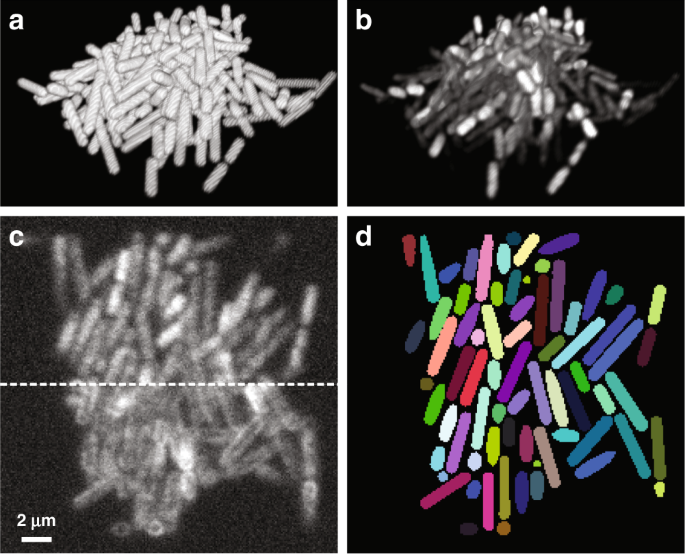


Non Invasive Single Cell Morphometry In Living Bacterial Biofilms Nature Communications



For Each Of The Constructs Listed The E Coli Growth Media Or The Hek Download Scientific Diagram



Pathogenic E Coli Extracts Nutrients From Infected Host Cells Utilizing Injectisome Components Sciencedirect



Differential Staining Techniques Microbiology A Laboratory Experience
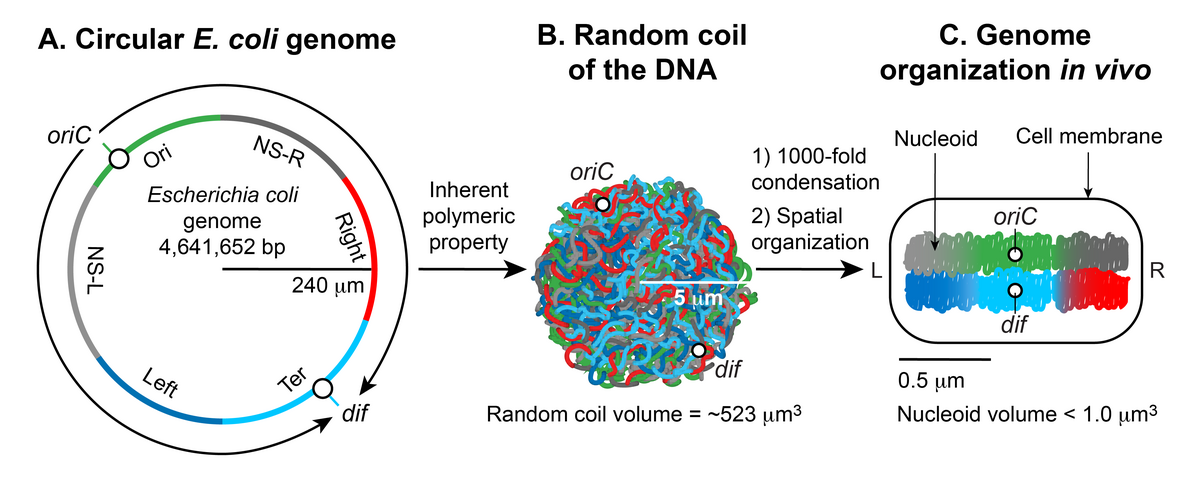


Nucleoid Wikipedia



Gram Positive Bacteria Microbiology



Solved 14 Gram Staining A Results Draw Cells From The Gr Chegg Com



E Coli Cell Arrangement Page 1 Line 17qq Com
/bacteria_shapes-updated-5be08caf4cedfd0026957870.jpg)


3 Common Bacteria Shapes


Staphylococcus Aureus And Ecoli Under Microscope Microscopy Of Gram Positive Cocci And Gram Negative Bacilli Morphology And Microscopic Appearance Of Staphylococcus Aureus And E Coli S Aureus Gram Stain And Colony Morphology On Agar Clinical


Chapter 24 Dna Metabolism



Different Size Shape And Arrangement Of Bacterial Cells
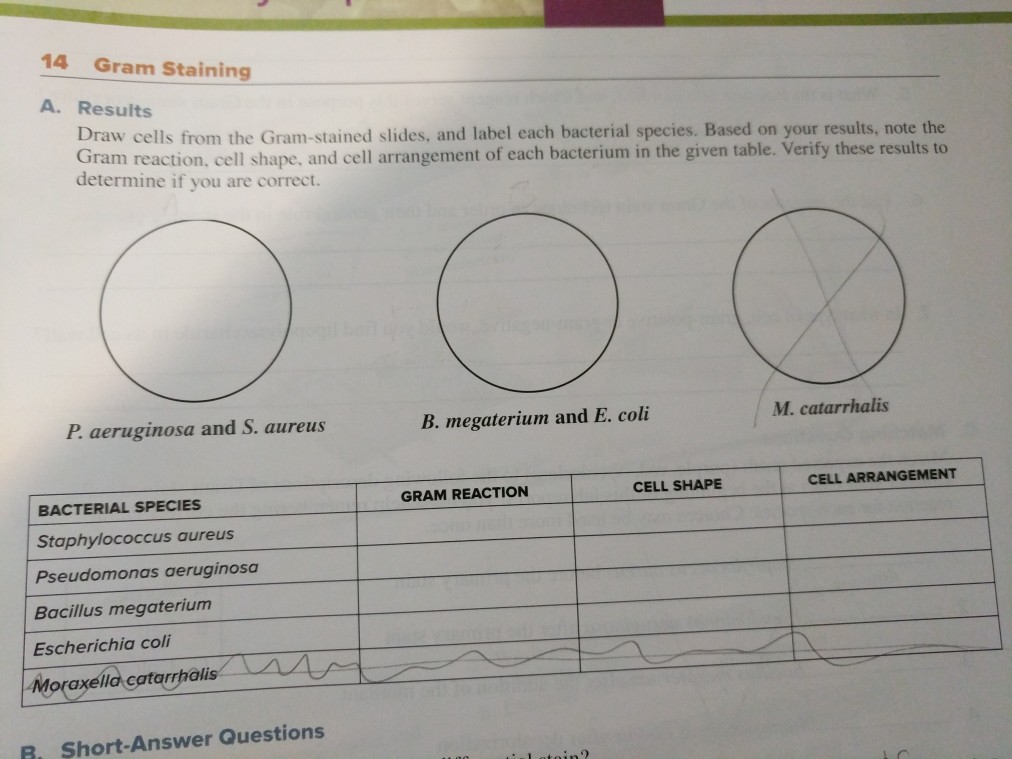


Solved 14 Gram Staining A Results Draw Cells From The Gr Chegg Com



Regulation Of Bacterial Cell Wall Growth Egan 17 The Febs Journal Wiley Online Library



Staying In Shape The Impact Of Cell Shape On Bacterial Survival In Diverse Environments Microbiology And Molecular Biology Reviews



Table 2 From The Prevalence Of Shigella And Enterotoxigenic E Coli Infection Amongst Patients Attending A General Hospital North Bank Makurdi Nigeria Semantic Scholar
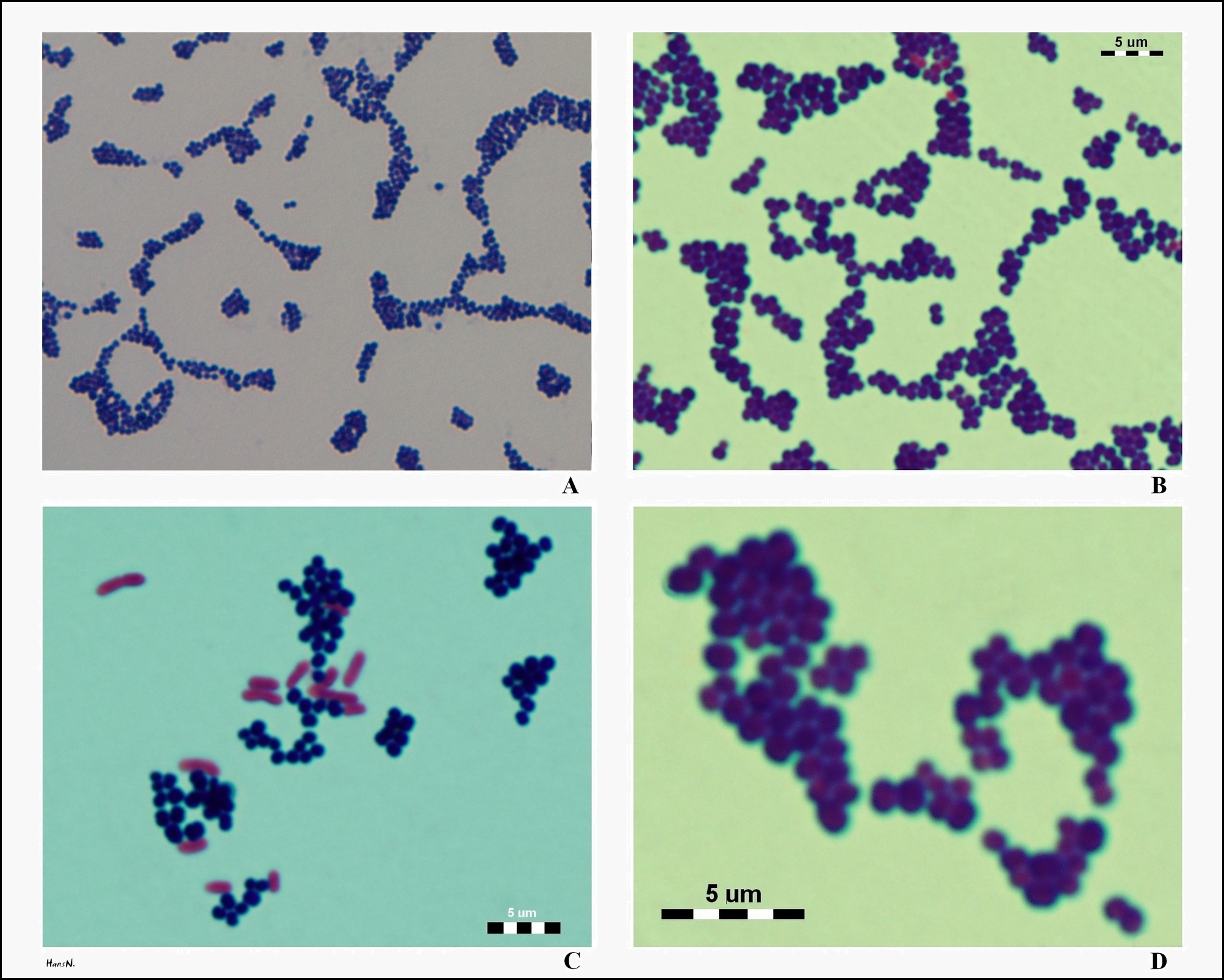


S Aureus Under The Microscope Microscopic Appearance And Morphology Of S Aureus Cell Arrangement
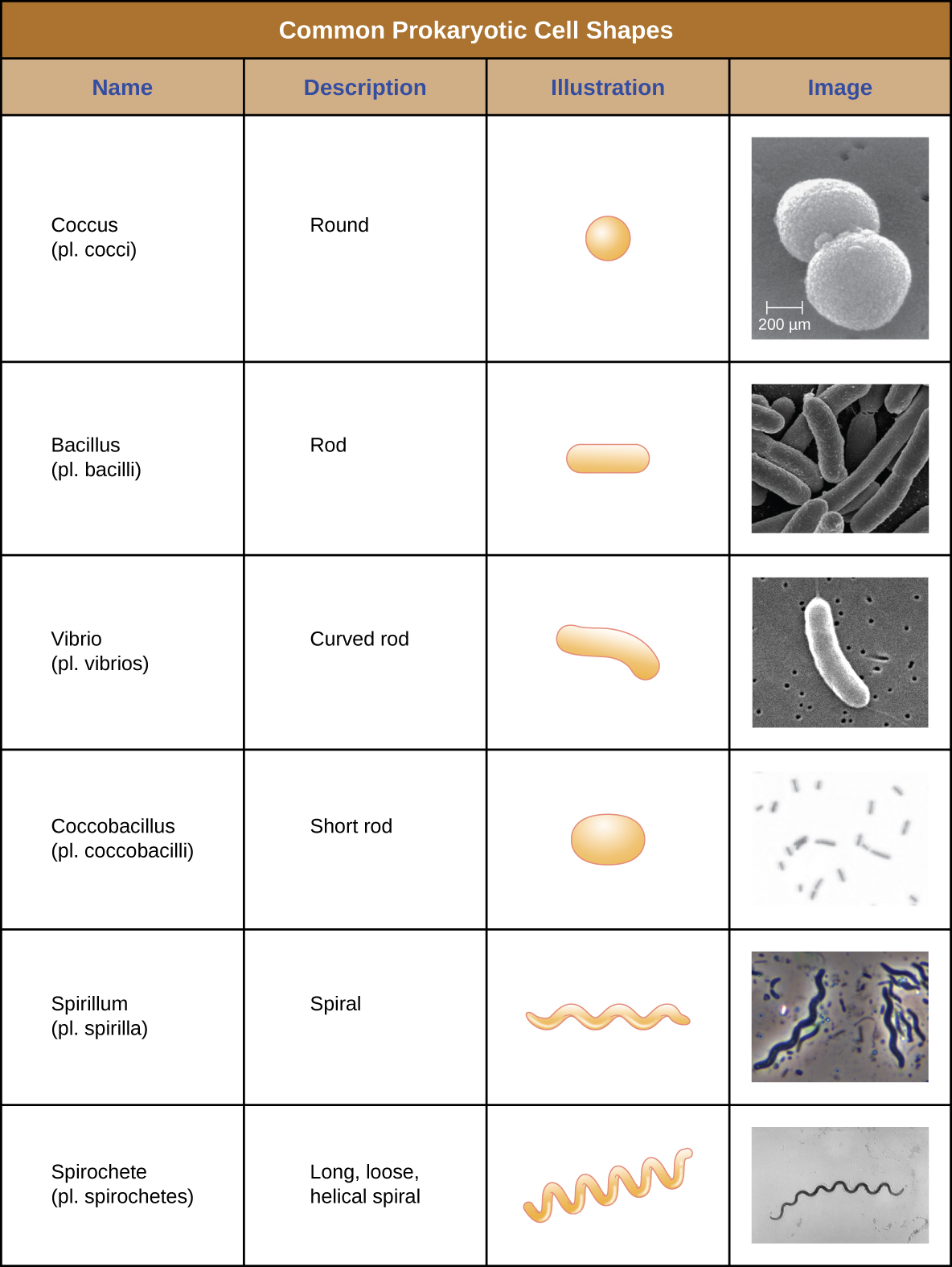


3 2 Unique Characteristics Of Prokaryotic Cells Biology Libretexts



Chromosome Arrangement Within A Bacterium Current Biology



Bacteria Are Named Depending On Their Shape And Arrangement Microbiology Medical Laboratory Science Medical Technology
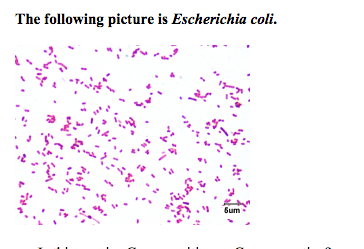


Solved Lab Module Staining Study Help Instructions Rea Chegg Com



Modification Of Membrane Properties And Fatty Acids Biosynthesis Related Genes In Escherichia Coli And Staphylococcus Aureus Implications For The Antibacterial Mechanism Of Naringenin Sciencedirect
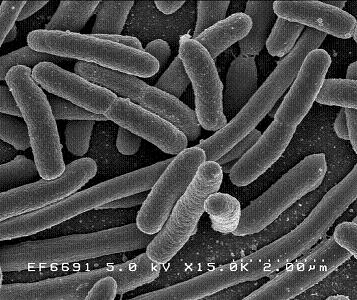


Escherichia Coli Microbewiki



The Bacterial Cell Cycle Chromosome Inheritance And Cell Growth Nature Reviews Microbiology


Structure And Function Of Bacterial Cells
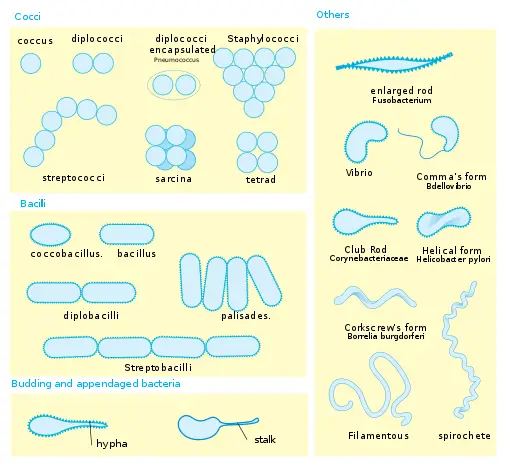


Bacteria Size Shape And Arrangement
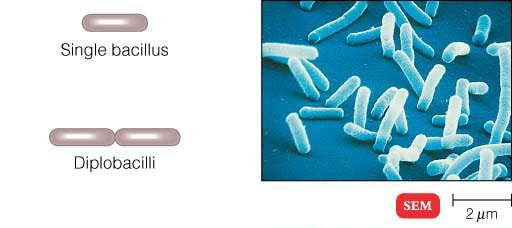


Different Size Shape And Arrangement Of Bacterial Cells



Bacteria Exercise Flashcards Quizlet
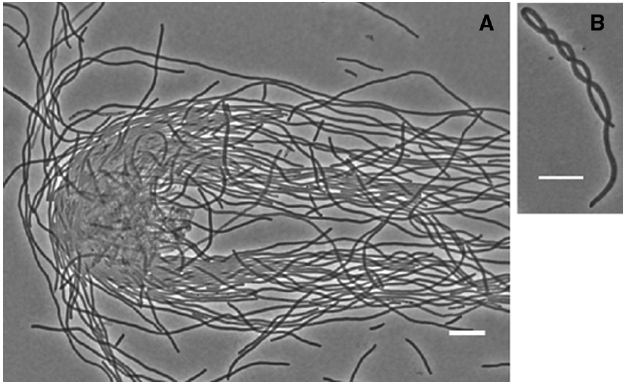


Frontiers How Much Territory Can A Single E Coli Cell Control Microbiology



Visualizing The Production And Arrangement Of Peptidoglycan In Gram Positive Cells Popham 13 Molecular Microbiology Wiley Online Library



Escherichia Coli Wikipedia



How Do Bacteria Sense Their Environments
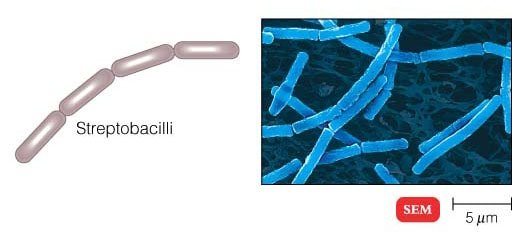


Different Size Shape And Arrangement Of Bacterial Cells



Pseudomonas Aeruginosa Microbewiki
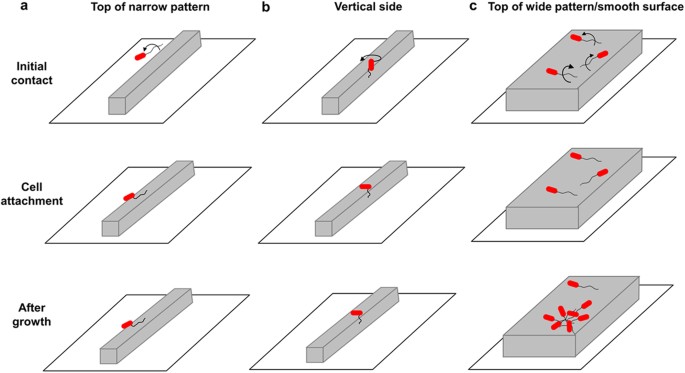


How Escherichia Coli Lands And Forms Cell Clusters On A Surface A New Role Of Surface Topography Scientific Reports



Bacterial Cell Morphology And Classification Definition Shapes Arrangements Microbiology Class Video Study Com


Colony Characteristics Of E Coli Sciencing


Solved Which Group Shows The Most Diversity In The Number Of Possible Arrangements Between B Subtilis E Course Hero
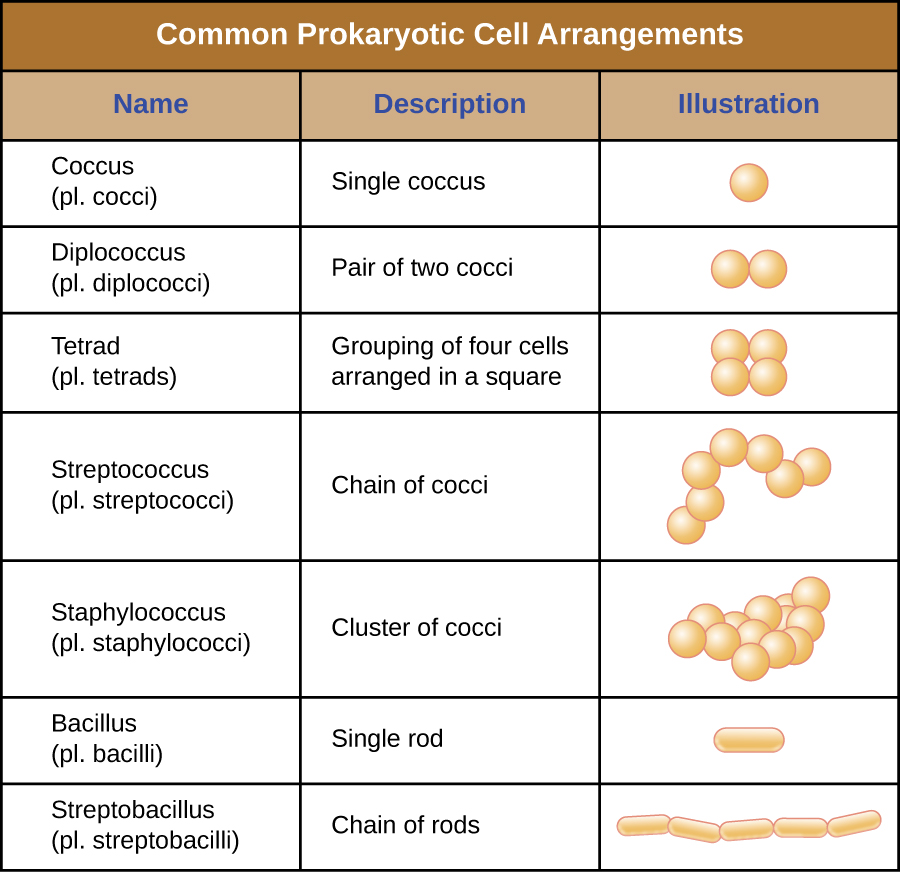


3 2 Unique Characteristics Of Prokaryotic Cells Biology Libretexts
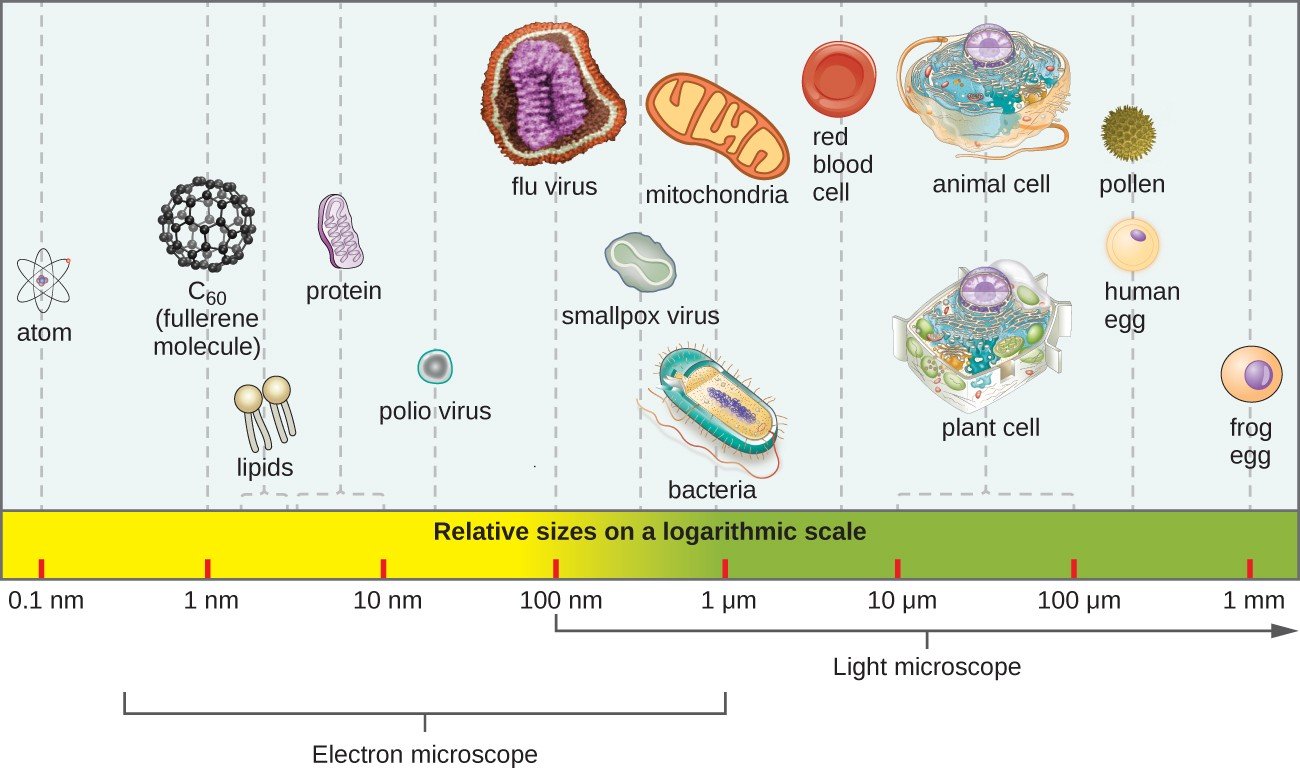


Bacterial Sizes Shapes And Arrangement With Examples



Meat Technology Bacteria In Food
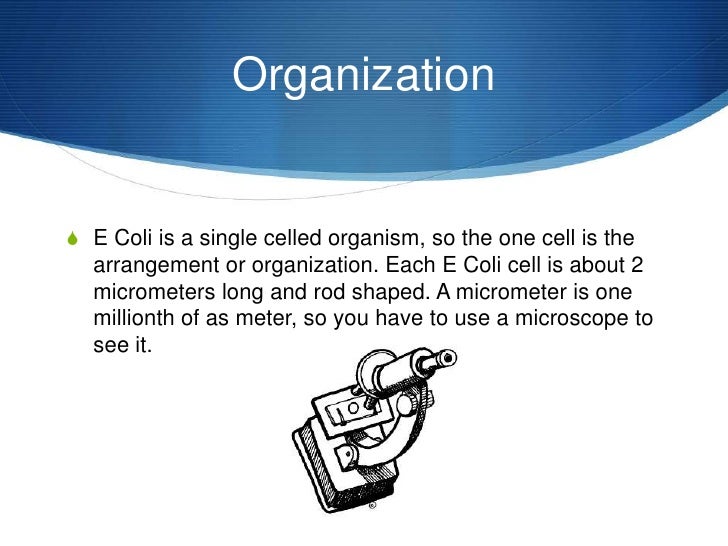


E Coli



The Case Of Citrate Metabolism Evolution In E Ppt Download
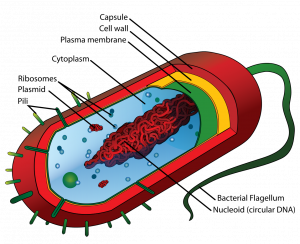


How Dna Is Arranged In A Cell Principles Of Biology
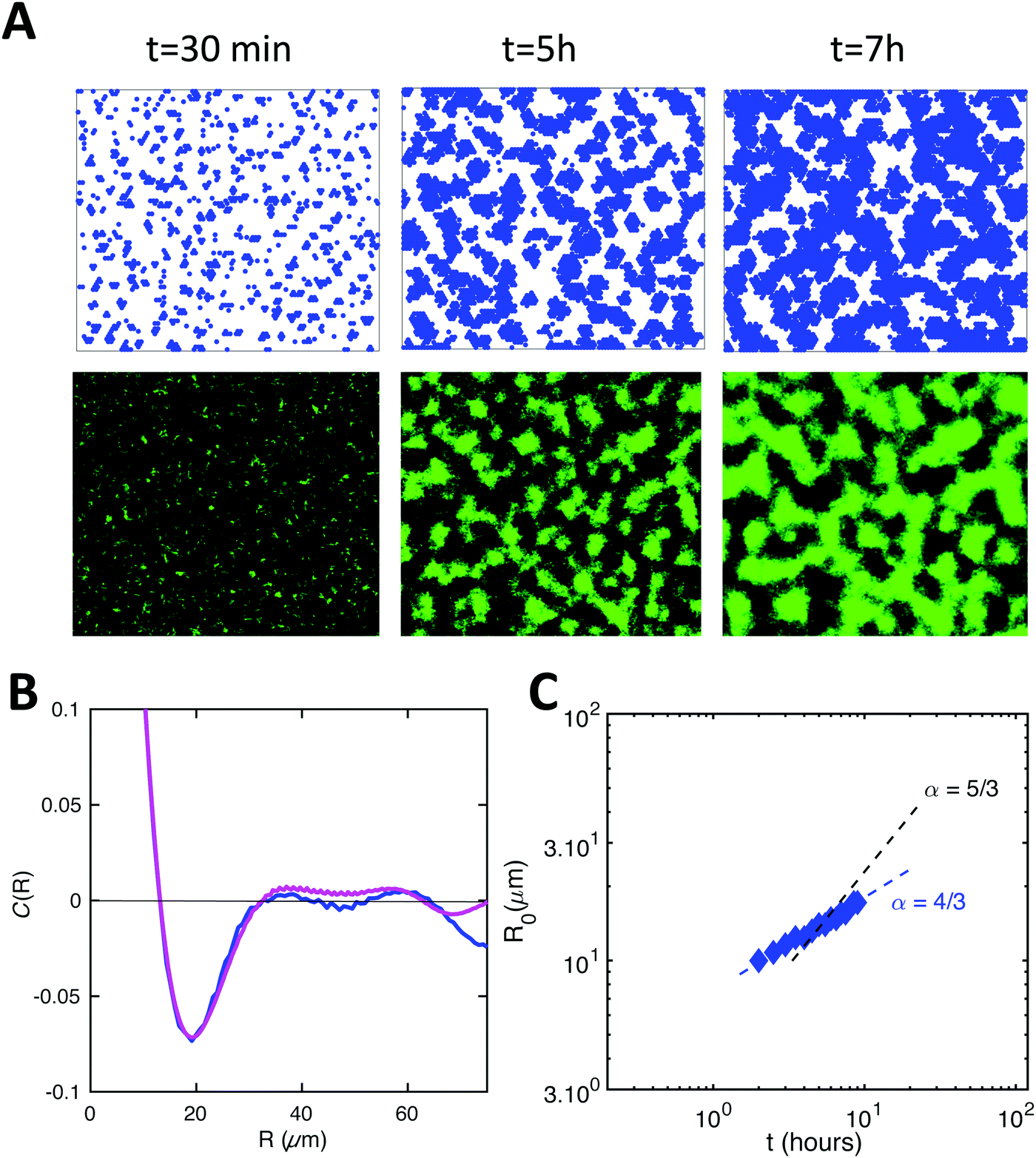


Spatiotemporal Pattern Formation In E Coli Biofilms Explained By A Simple Physical Energy Balance Soft Matter Rsc Publishing
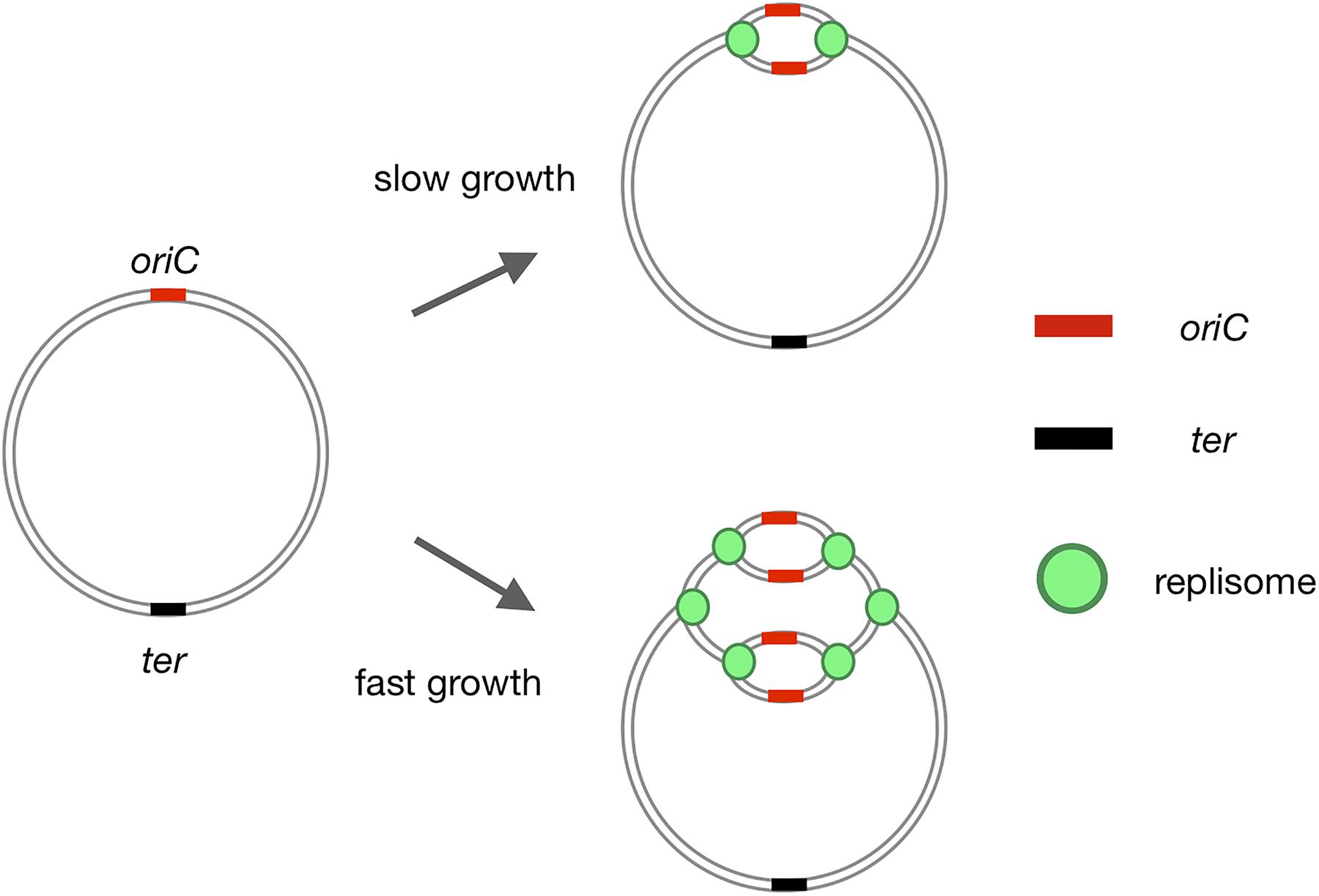


Frontiers Where And When Bacterial Chromosome Replication Starts A Single Cell Perspective Microbiology


Plos One Optimization Of Cell Culture And Cell Disruption Processes To Enhance The Production Of Thermophilic Cellulase Fncel5a In E Coli Using Response Surface Methodology



Why Is It Important To Know The Shape And Arrangement Of Bacteria Quora



Size Shape And Arrangement Of Bacterial Cells With Picture And Example



Arrangements Gram Negative Bacteria Royalty Free Vector
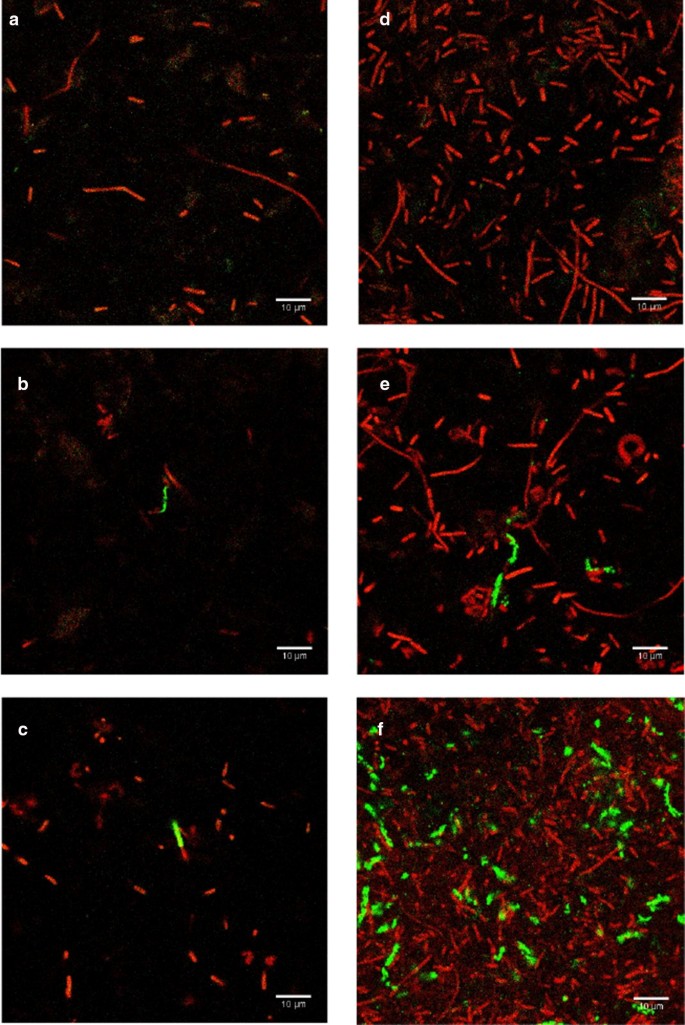


Rapid Detection Of Escherichia Coli In Beverages Using Genetically Engineered Bacteriophage T7 Amb Express Full Text



Solved 1 Identify The Morphology Morphological Arrangem Chegg Com
/gram_positive_vs_negative-5b7f26d2c9e77c005746fbd7.jpg)


Gram Positive Vs Gram Negative Bacteria



コメント
コメントを投稿